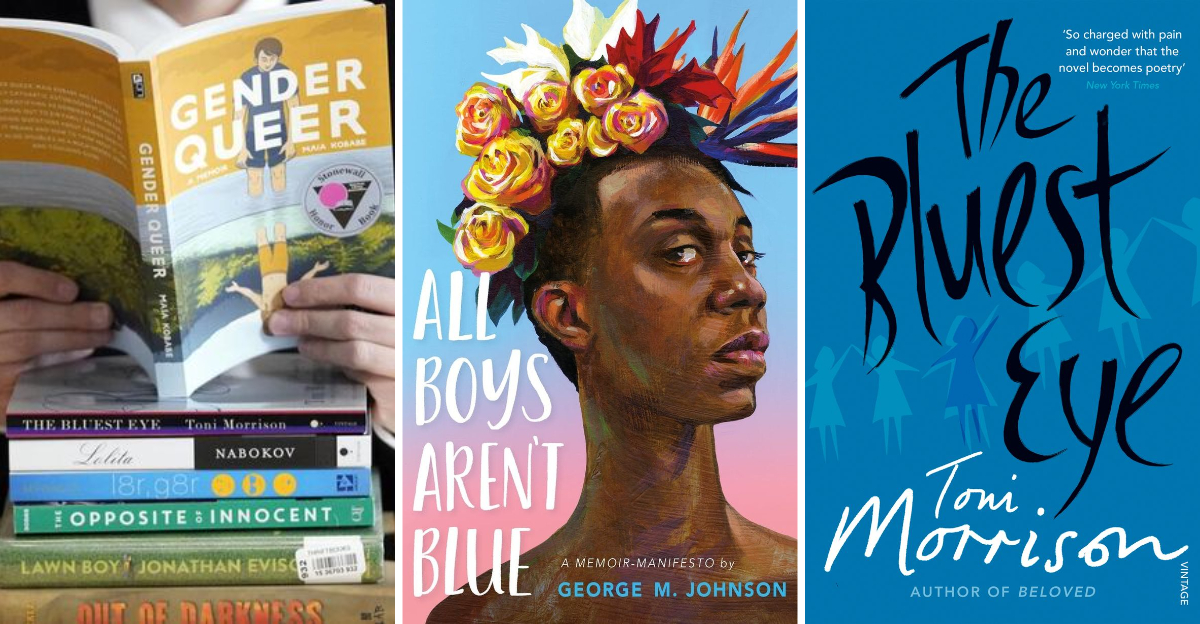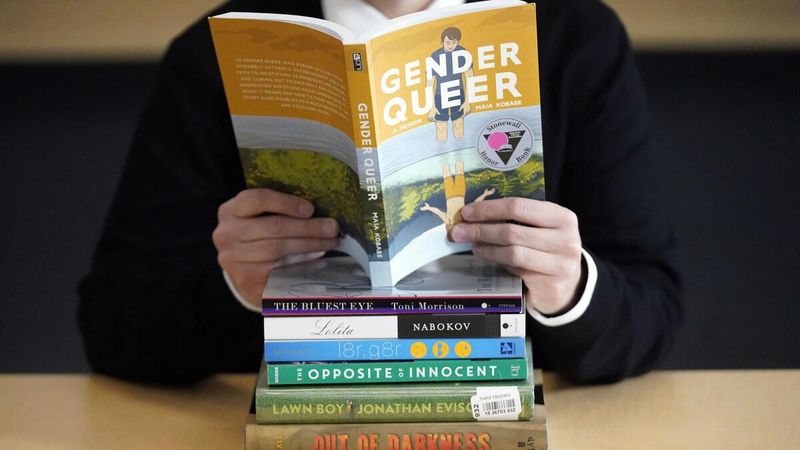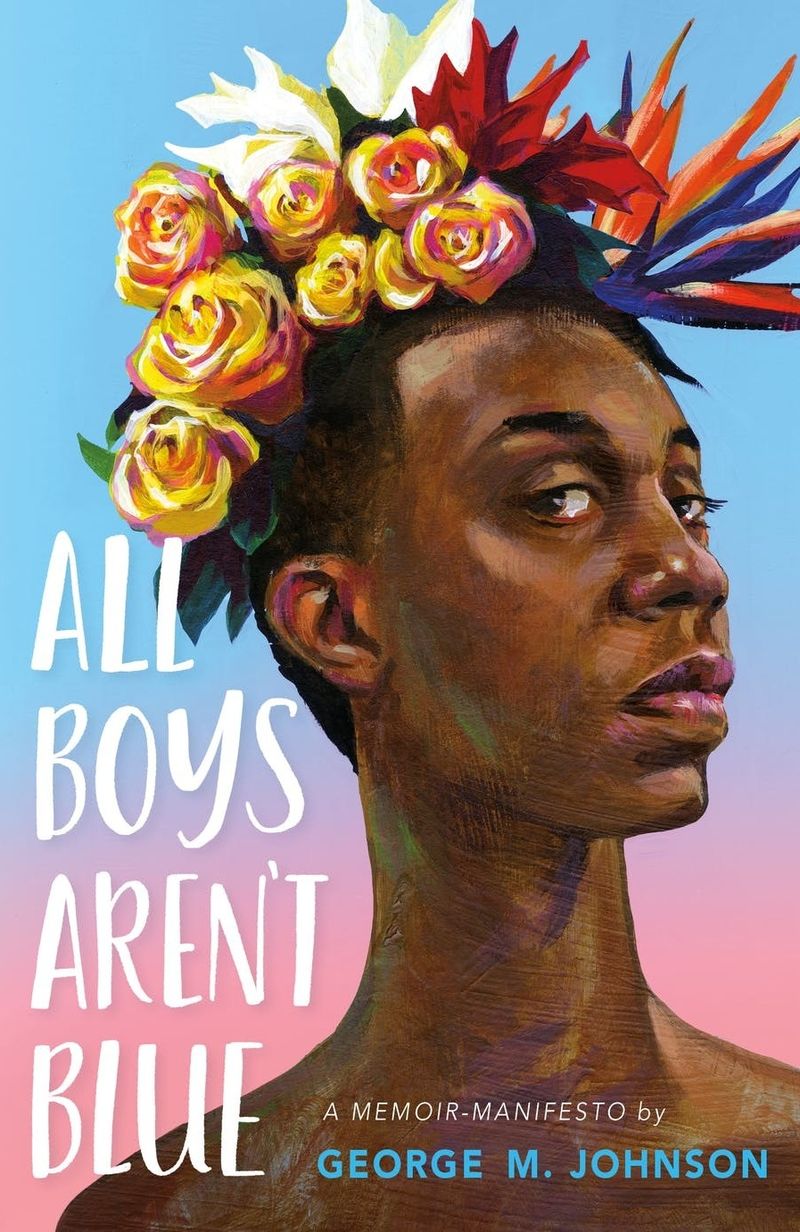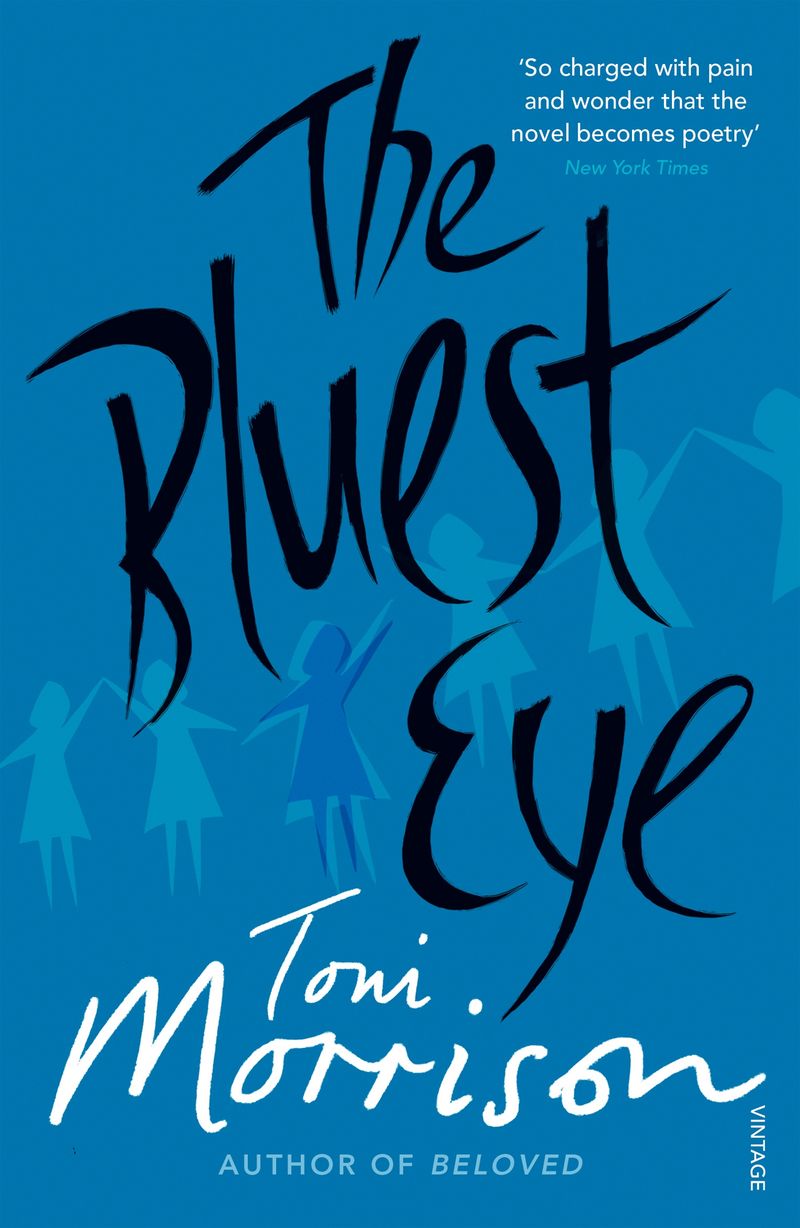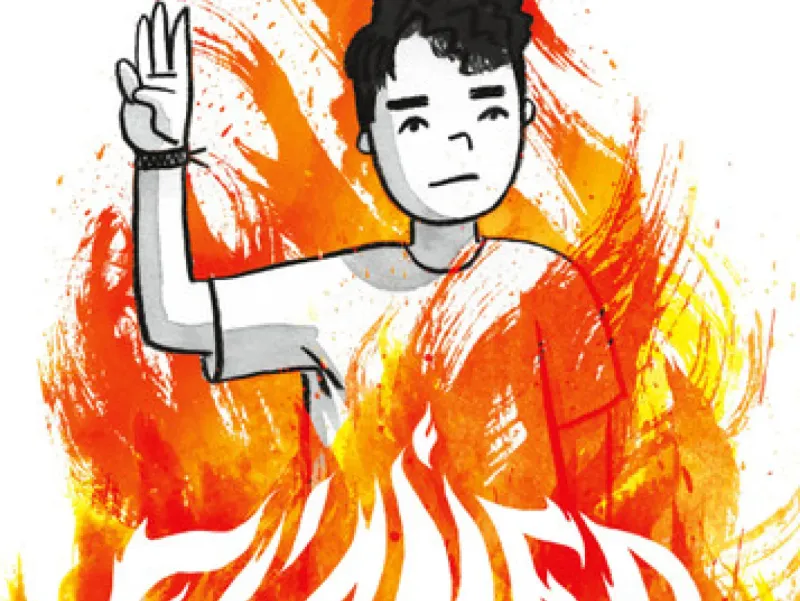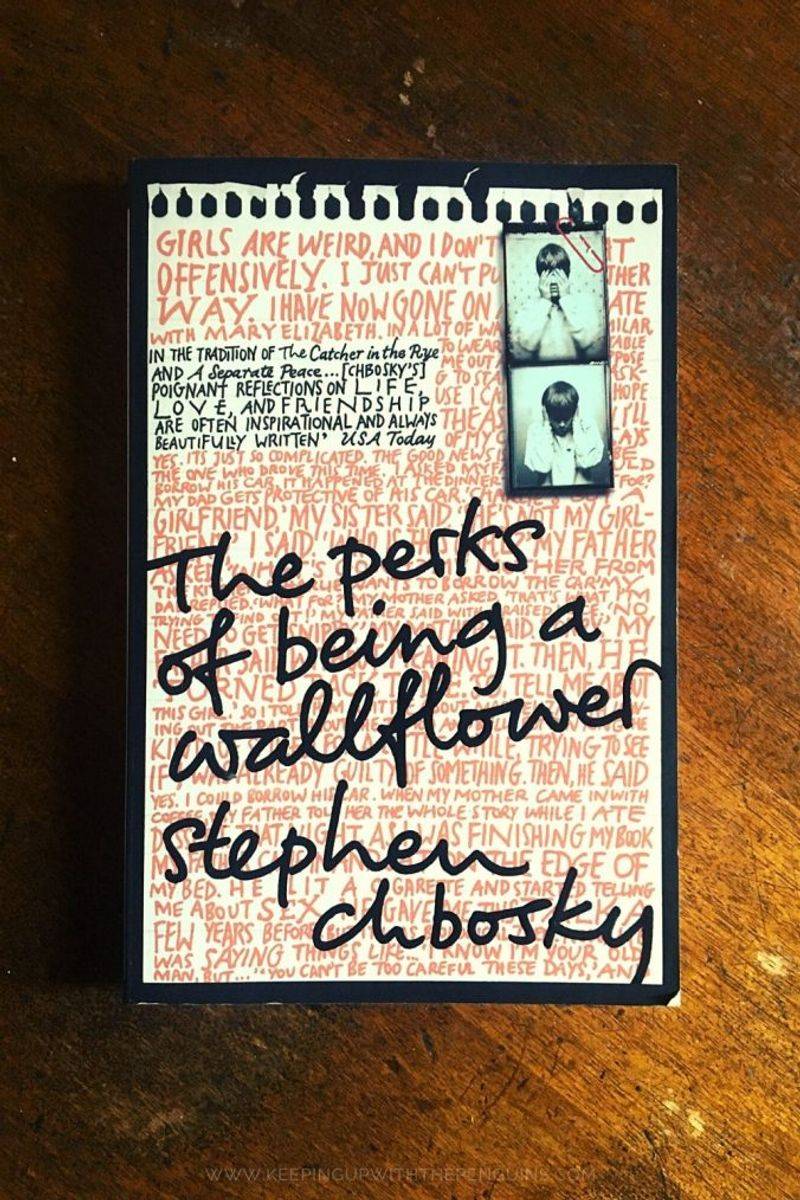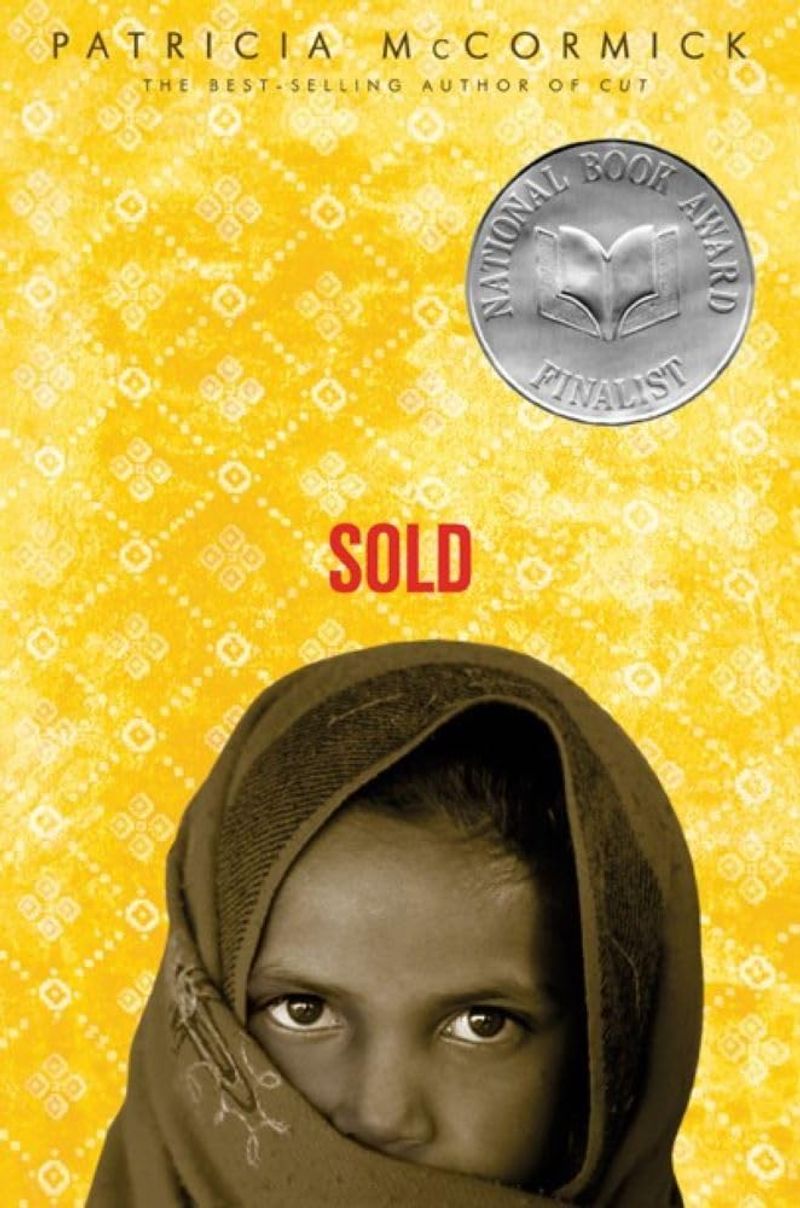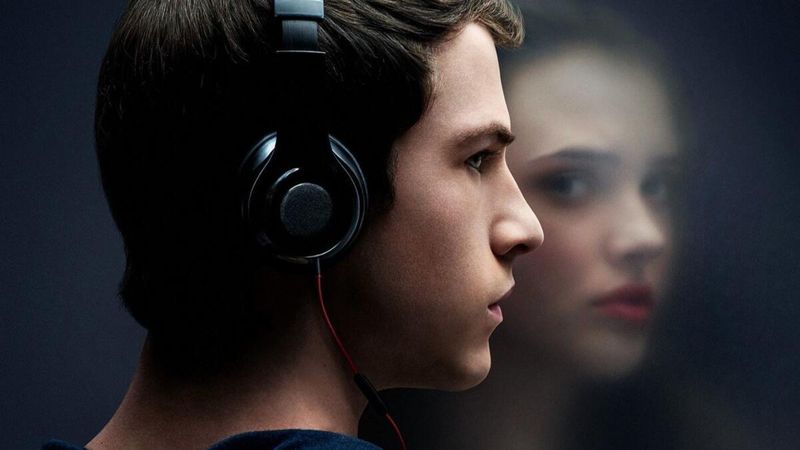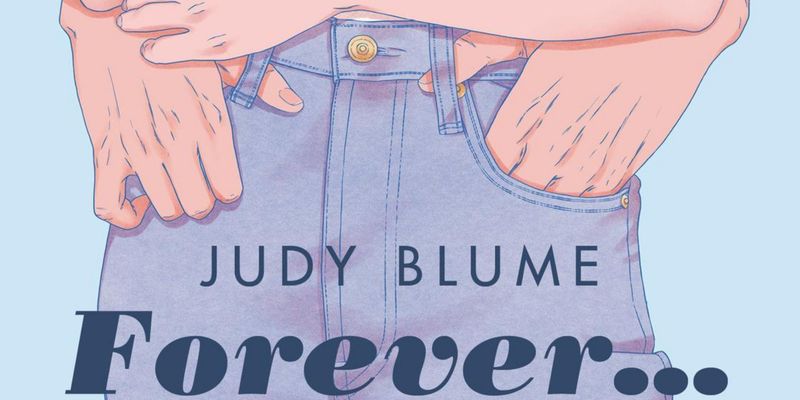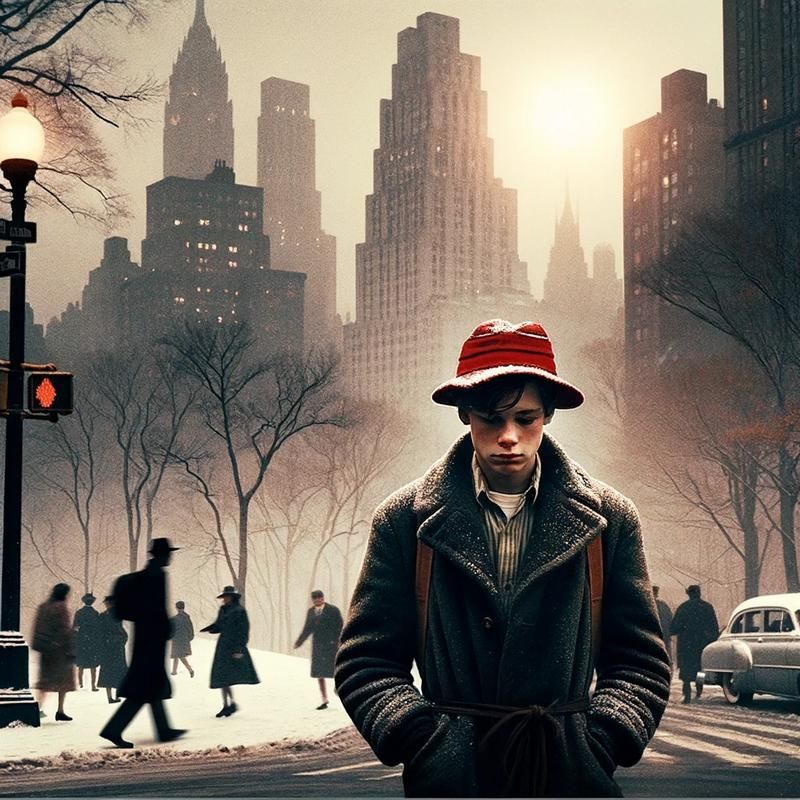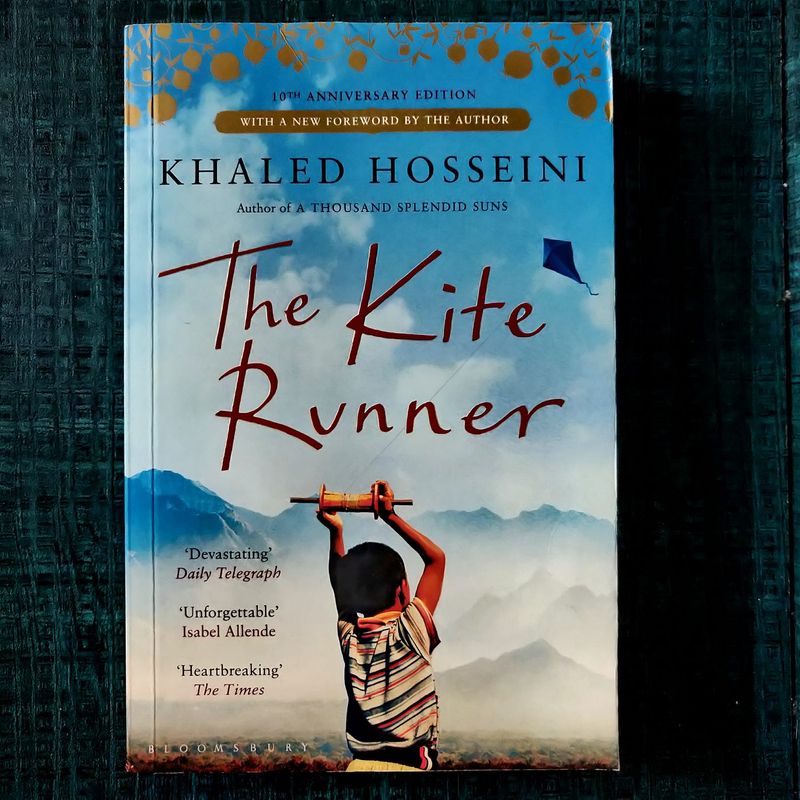Books have the power to challenge our thinking, expand our worldview, and sometimes make us uncomfortable. When certain books get banned from schools or libraries, it often means they’re touching on topics some people find scary or inappropriate. But these same books can help us understand different experiences and tackle tough issues head-on.
1. Gender Queer: A Memoir That Breaks Silence
Maia Kobabe’s graphic memoir shatters barriers by illustrating what words alone cannot express. Through honest illustrations, readers witness the confusion, discovery, and liberation of a nonbinary journey. The visual nature of this work makes it particularly threatening to those who prefer gender discussions remain abstract rather than humanized. Yet for young people struggling with identity questions, seeing someone else’s path can be life-saving. The book doesn’t provide easy answers but instead offers companionship in complexity. When we ban works like this, we’re not protecting children—we’re isolating those who most need to know they’re not alone.
2. All Boys Aren’t Blue: A Voice at the Intersection
George M. Johnson’s memoir-manifesto refuses to separate Blackness from queerness, forcing readers to confront the reality of intersectional identity. The raw honesty about sexual experiences has made it a frequent target for removal from school libraries. Johnson’s voice rings with authenticity as he navigates family relationships, first loves, and painful encounters with racism and homophobia. The book creates space for conversations many adults find uncomfortable but teenagers desperately need. By sharing personal stories rather than abstract concepts, Johnson makes visible what society often tries to erase. This visibility is precisely why the book both frightens censors and heals readers.
3. The Bluest Eye: Morrison’s Mirror to Society
Toni Morrison’s debut novel holds up an unflinching mirror to America’s obsession with whiteness and its devastating effects. Following young Pecola Breedlove’s heartbreaking wish for blue eyes, readers witness how racism poisons self-perception. The book’s depictions of incest and child abuse have made it a frequent target for bans. Critics claim protection of young readers, but Morrison believed in confronting difficult truths rather than sanitizing them. When we remove this book from shelves, we participate in the very erasure Morrison fought against. Her prose doesn’t just tell a story—it demands acknowledgment of how beauty standards and racial hierarchies damage real lives.
4. Flamer: Graphic Novel With Heart-Wrenching Honesty
Mike Curato’s semi-autobiographical graphic novel takes readers to summer camp with Aiden, a Filipino-American boy wrestling with his sexuality. The visual storytelling captures the intensity of adolescent emotions with striking flames and dark nights. Critics have targeted its frank depictions of bullying, homophobia, and suicidal thoughts. Yet these elements resonate deeply with young readers who have experienced similar struggles. The book doesn’t offer simple solutions or happy endings, but something more valuable: recognition. For many LGBTQ+ youth, seeing their experiences validated on the page provides a lifeline during their most vulnerable years.
5. The Perks of Being a Wallflower: Letters From the Margins
Stephen Chbosky’s epistolary novel introduces us to Charlie, whose letters reveal the complicated interior life adults often fail to see in teenagers. Through his eyes, we experience first love, friendship, and the aftermath of trauma. School boards have frequently challenged the book for its frank discussions of sexuality, drug use, and mental health. The very elements that make it uncomfortable for some adults make it essential for young readers navigating similar experiences. Charlie’s voice speaks directly to the outsider in all of us. When this book disappears from library shelves, we lose more than a story—we lose a friend who understands what it means to stand at the edge looking in.
6. Crank: A Mother’s Warning in Verse
Ellen Hopkins transformed personal anguish into powerful poetry when she wrote about a teenage girl’s descent into methamphetamine addiction. Based on her daughter’s real-life battle, the novel-in-verse pulls no punches about the seductive and destructive nature of drug use. The book has faced numerous challenges for its graphic content and language. Critics argue it glamorizes drug use, while defenders point to its unflinching portrayal of consequences. Hopkins’ staccato verses mimic the frenetic energy of addiction itself. By formatting addiction as poetry rather than clinical warnings, she reaches teens in a language that resonates, making the dangers real rather than abstract lectures.
7. Looking for Alaska: When Loss Defies Understanding
John Green’s debut novel follows Miles “Pudge” Halter as he leaves home in search of what he calls “the Great Perhaps.” At boarding school, he meets the enigmatic Alaska Young, whose presence and eventual absence reshape his understanding of life and death. The novel’s explicit language, sexual content, and themes of grief have made it a frequent target for removal from school reading lists. Yet its raw portrayal of teenage confusion speaks truth to young readers’ experiences. Green doesn’t offer platitudes about loss but instead acknowledges the maddening incompleteness of grief. This honesty about life’s unanswerable questions provides more comfort than any sanitized story ever could.
8. Sold: Fiction That Exposes Hard Facts
Patricia McCormick’s novel introduces readers to Lakshmi, a 13-year-old Nepali girl sold into sexual slavery. Written in spare, poetic vignettes, the story pulls back the curtain on human trafficking without exploitative detail. School boards have challenged the book for its disturbing subject matter. However, McCormick based her fiction on extensive interviews with survivors, creating a work that educates rather than sensationalizes. The power of this novel lies in its ability to transform statistics into a human face. When young readers connect with Lakshmi, they develop empathy for real victims and awareness of global injustice—precisely the kind of understanding that leads to social change.
9. Thirteen Reasons Why: Cassettes That Can’t Be Silenced
Jay Asher’s novel places readers in the position of Clay Jensen as he listens to cassette tapes recorded by Hannah Baker before her suicide. Each tape names a person who contributed to her decision, creating a narrative that refuses to look away from bullying, sexual assault, and teen suicide. The book has been removed from numerous school libraries for allegedly glamorizing suicide. Mental health professionals have expressed valid concerns about contagion effects. Despite these concerns, the novel opened crucial conversations about the cumulative impact of seemingly small actions. Asher’s story reminds us that kindness matters and that everyone’s life touches countless others—lessons too important to silence.
10. Forever…: The Novel That Said Yes to Teen Desire
Judy Blume broke new ground in 1975 by acknowledging that teenagers experience sexual desire and curiosity. The story of Katherine and Michael’s first love includes frank discussions of contraception, pleasure, and the emotional complexity of physical intimacy. Nearly fifty years later, the book still faces challenges for its sexual content. What makes it revolutionary isn’t graphic detail but its matter-of-fact treatment of teenage sexuality as natural rather than shameful. Blume’s greatest gift to young readers was honesty without judgment. By portraying responsible sexual decision-making, she provided information many teens couldn’t access elsewhere—information that remains vital for healthy development.
11. Slaughterhouse-Five: Vonnegut’s Time-Traveling Truth
Kurt Vonnegut transformed his experiences as a prisoner of war during the Dresden bombing into a darkly comic science fiction novel. Through protagonist Billy Pilgrim’s unstuck-in-time narrative, readers confront the absurdity and horror of war without patriotic filters. The novel’s profanity, sexual content, and irreverent treatment of warfare have made it a perennial target for censorship. School boards often object to its questioning of American military actions. Vonnegut’s famous phrase “So it goes” after each death creates a rhythm that normalizes tragedy while simultaneously highlighting its frequency. This literary technique forces readers to consider how easily we accept violence when it’s sanctioned by the state—a dangerous question indeed.
12. The Catcher in the Rye: Holden’s Rage Against Phoniness
J.D. Salinger captured teenage alienation through Holden Caulfield, whose cynical observations about adult hypocrisy still resonate decades later. His wandering through New York City after being expelled from school reveals a vulnerability beneath his rebellious exterior. The novel’s profanity and sexual references have made it a frequent target for removal from curricula. Its association with Mark David Chapman, John Lennon’s assassin, further fueled controversy. What makes this book endure is its authentic voice of adolescent disillusionment. Holden’s desire to be the “catcher in the rye,” saving children from falling off a cliff into adulthood, captures the universal experience of recognizing life’s complexities while mourning lost innocence.
13. The Kite Runner: Friendship Across Borders and Time
Khaled Hosseini’s debut novel follows Amir and Hassan, two boys from different ethnic groups in Afghanistan whose lives are forever altered by betrayal and war. Through their story, readers witness the country’s transformation from monarchy to Taliban rule. The book has faced challenges for its depiction of sexual assault and religious questioning. Some communities have objected to its unflattering portrayal of certain Afghan ethnic groups. Hosseini’s unflinching examination of guilt, redemption, and the long shadow of history gives Western readers insight into a nation often reduced to headlines. When we remove such books from schools, we deny students the opportunity to develop empathy across cultural boundaries—precisely when such understanding is most needed.
